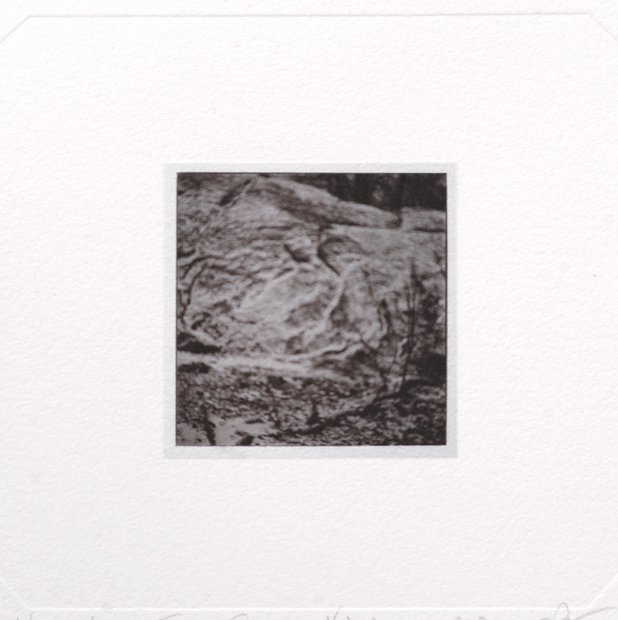 #12 from Camera Vision (edition of 7)
#12 from Camera Vision (edition of 7)
Collotypes by Edward Fausty:
A long lost cousin of photo-lithography, collotype
uses a gelatin printing plate instead of metal or stone. A true continuous tone process, the plates are exposed directly through camera negatives without a screen.
An important part of this process is the paper itself. These prints shown below were made on fine rag papers such as Rives BFK, Somerset Velvet and Arches
Text. A plate impression mark is visible in some of these examples. In others, the plate is larger. The images are slightly larger than life size (image size is 2.25"x 2.25".)
The inks used in making collotypes are similar to those used in lithography. But the nature of the collotype plate (hills and valleys) allows inks of different viscosity to be rolled one over another before an impression is made on the paper. Duotones or tritones are possible without making a separate plate for each color. And because there is no dot pattern, many layers can be printed in register without the moiree patterns that happen in lithography.The process is fun and improvisatory, if difficult to control on press and make perfectly consistent editions.
These prints are part of Camera Vision, a group of nearly abstract, soft-focus landscapes intended to be rendered in ink. This group of images explores a kind of disengagement from subject and from traditional descriptive photography. On another level, it provides an excuse to play with ink on a printing press.
 #12 from Camera Vision (edition of 7)
#12 from Camera Vision (edition of 7)
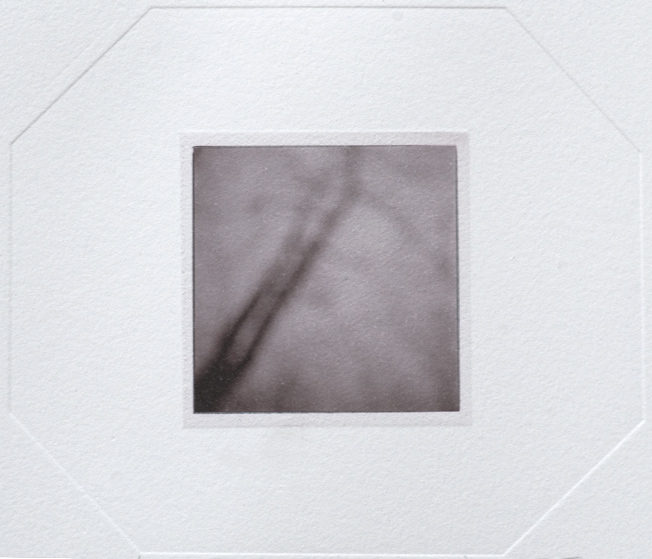 #1 from Camera Vision (edition of 10)
#1 from Camera Vision (edition of 10)
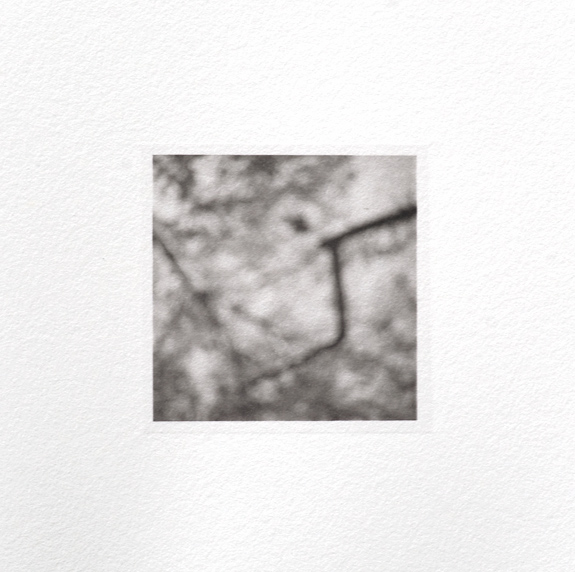 # from Camera Vision
# from Camera Vision
 #8 from Camera Vision (edition of 7)
#8 from Camera Vision (edition of 7)
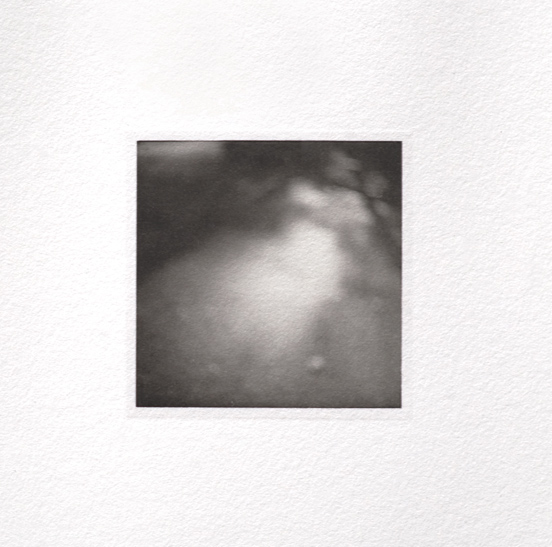 # from Camera Vision
# from Camera Vision
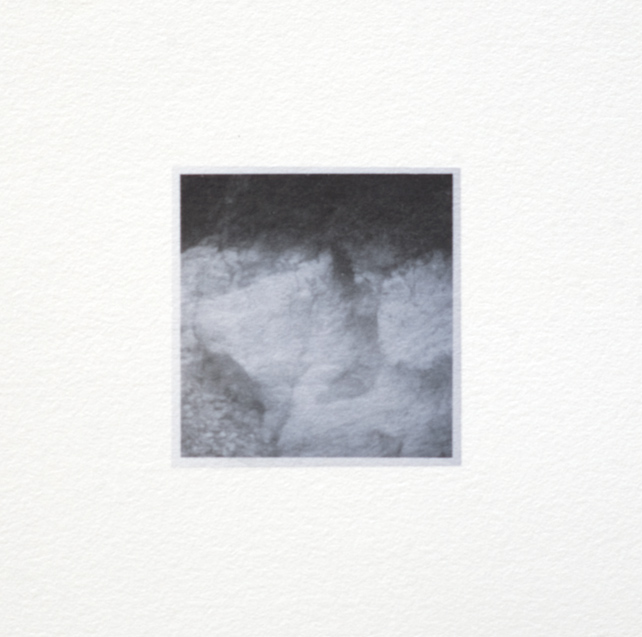 # from The Central Passage
# from The Central Passage
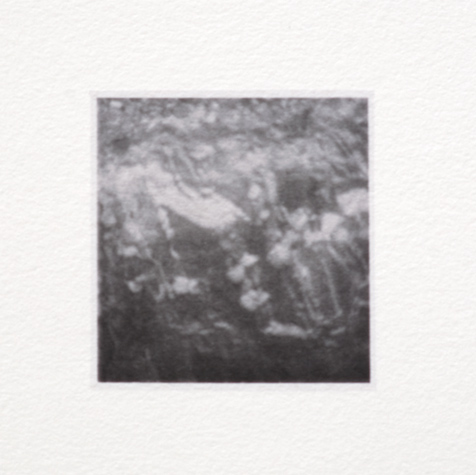 #2 from The Central Passage (edition of 10)
#2 from The Central Passage (edition of 10)
Digital prints of Camera Vision